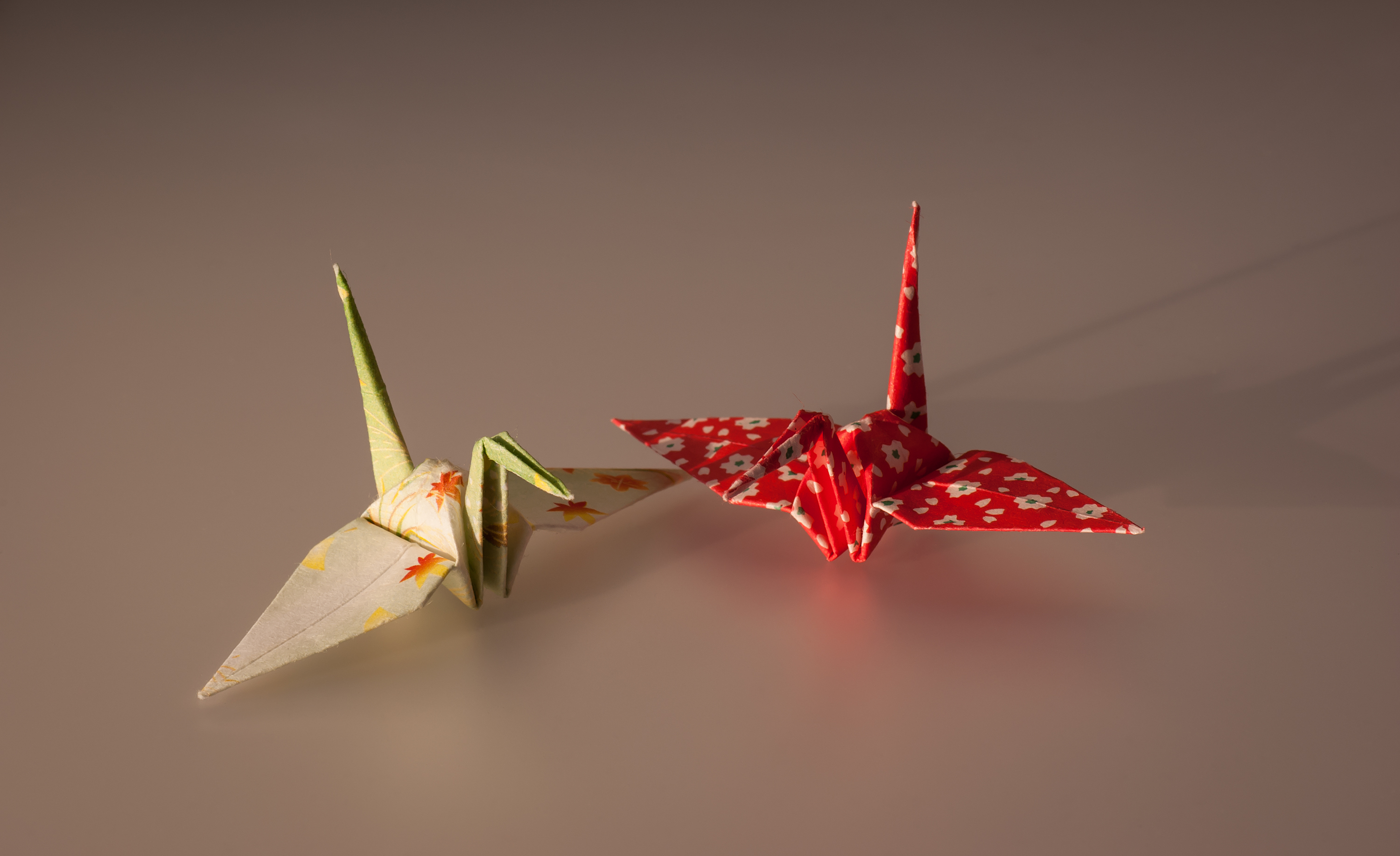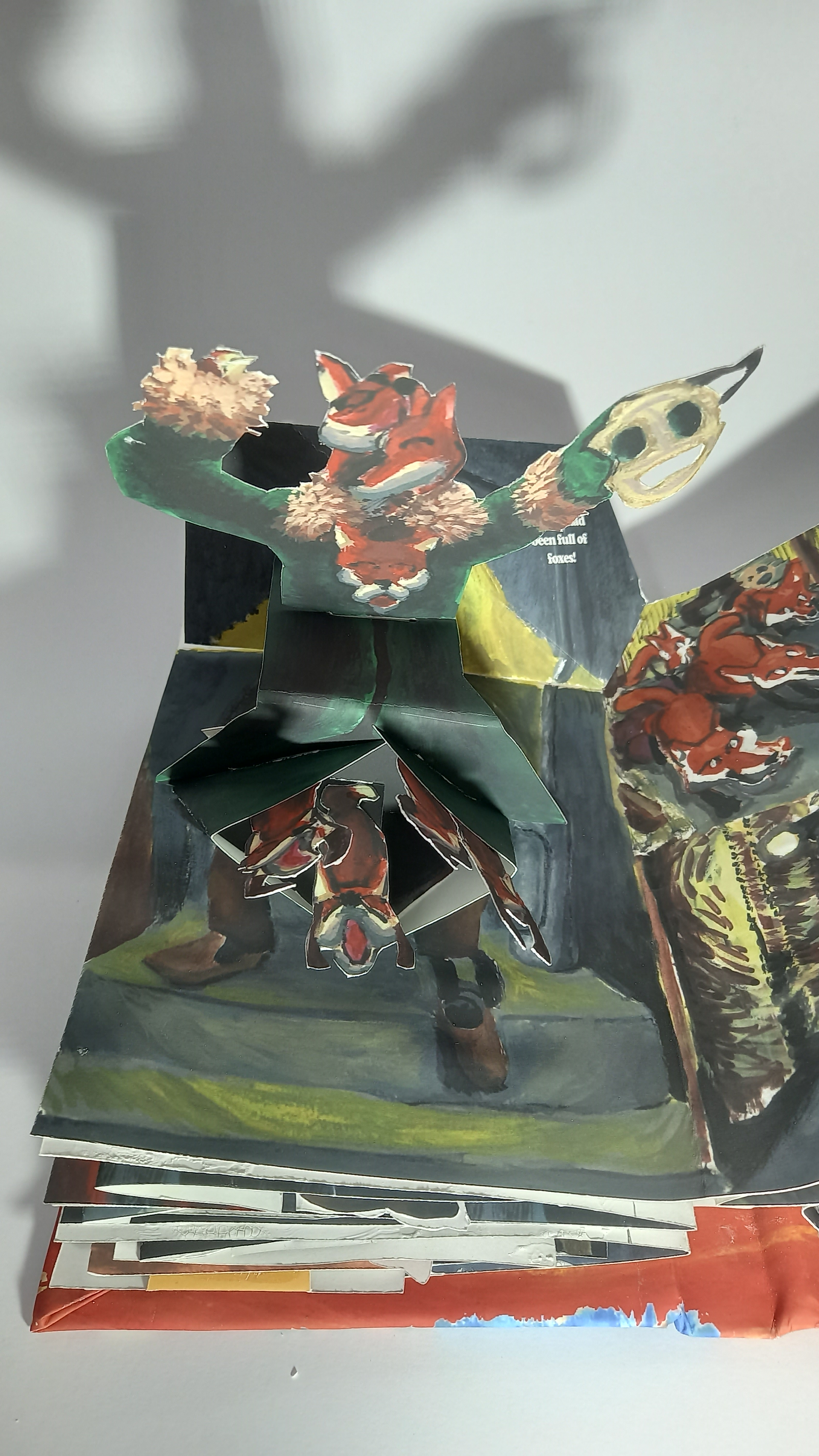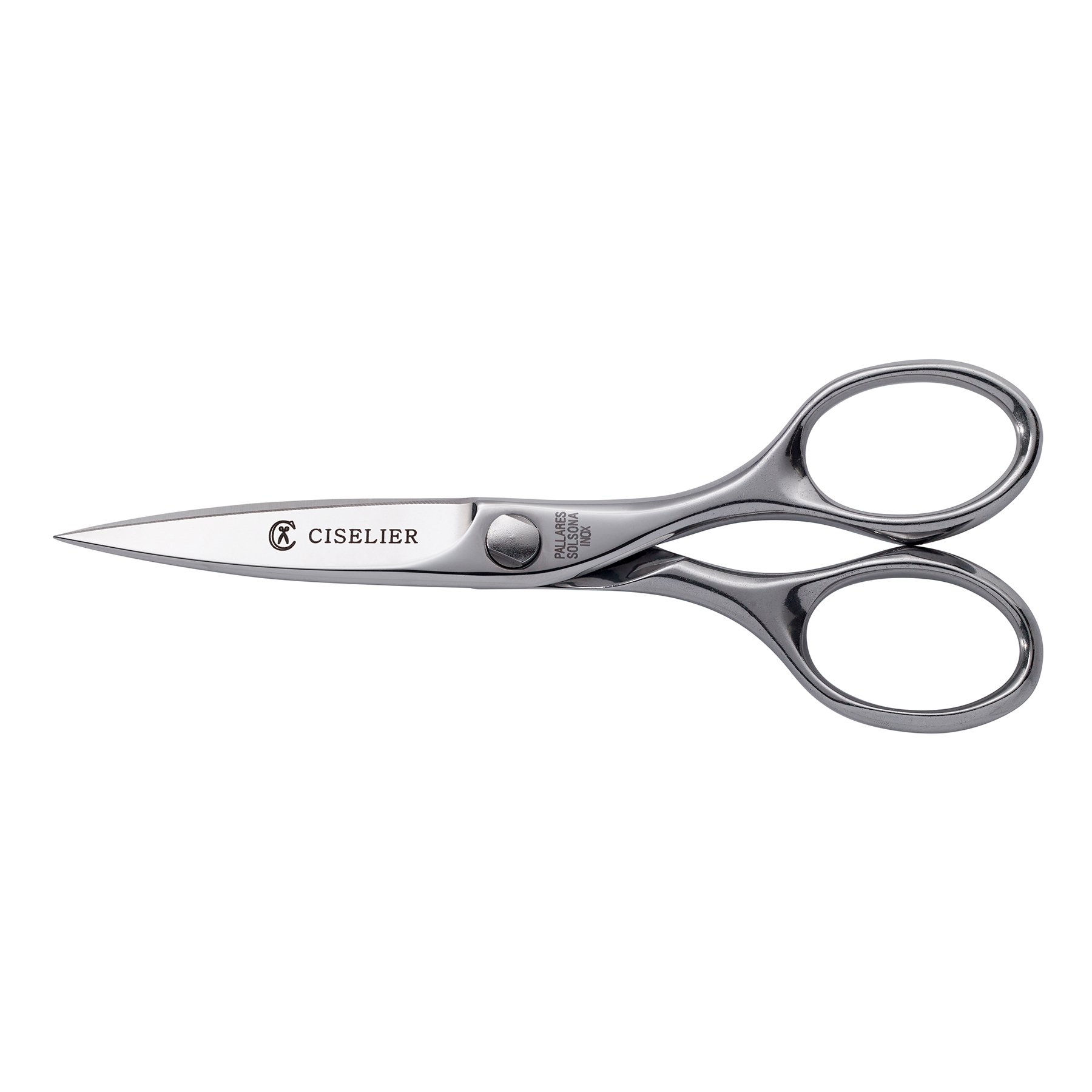|
Paper Toys
Paper toys are constructed in several ways, by folding, as in paper airplanes, paper fortune tellers or Origami, or by cutting, decorating or assembling pieces of paper with glue or tape to create a paper doll or paper model. Origami toys Paper toys date back to ancient times. The history of paper toys can be traced back to the art of origami (or-i-GA-me).The word is based on the Japanese words ''Ori'', which means to fold, and ''Kami'', which means paper. However origami's roots are from China and it spread to Japan somewhere around the sixth century. The craft was for only the rich at first because the cost of paper was very high. They found useful ways to use the folded paper. For example, they would fold it with strips of dried meat or fish, and this was called ''Noshi'', which was a token of good luck. Also they would often wrap the glasses of wine at a wedding into butterfly form to represent the bride and groom. As time went by new methods of making paper were dev ... [...More Info...] [...Related Items...] OR: [Wikipedia] [Google] [Baidu] |
Paper Folding
) is the Japanese paper art, art of Paper folding (other), paper folding. In modern usage, the word "origami" is often used as an inclusive term for all folding practices, regardless of their culture of origin. The goal is to transform a flat square sheet of paper into a finished sculpture through folding and sculpting techniques. Modern origami practitioners generally discourage the use of cuts, glue, or markings on the paper. Origami folders often use the Japanese word ' to refer to designs which use cuts. In the detailed Japanese classification, origami is divided into stylized ceremonial origami (儀礼折り紙, ''girei origami'') and recreational origami (遊戯折り紙, ''yūgi origami''), and only recreational origami is generally recognized as origami. In Japan, ceremonial origami is generally called "origata" (:ja:折形) to distinguish it from recreational origami. The term "origata" is one of the old terms for origami. The small number of basic Origam ... [...More Info...] [...Related Items...] OR: [Wikipedia] [Google] [Baidu] |
Pressure Sensitive Tape
Pressure-sensitive tape or pressure-sensitive adhesive tape (PSA tape) is an adhesive tape that sticks when pressure is applied without the need for a solvent (such as water) or heat for activation. It is also known in various countries as self-stick tape, sticky tape, or just adhesive tape and tape, as well as genericized trademarks, such as '' Sellotape'', '' Durex (tape)'', '' Scotch tape'', etc. PSA tape consists of three components: *the tape itself, which often is cellophane, cellulose acetate, or polyvinyl chloride. Other materials include paper, plastic film, cloth, or metal foil coated onto a backing material such as paper, plastic film, cloth, or metal foil. *a pressure-sensitive adhesive. *release liner, which keeps the tape from sticking to itself. Some have layers of adhesives, primers, release agents, filaments, printing, etc. made for specific functions. It sticks without the need for a solvent such as water or heat for activation. By contrast, "gummed" or " ... [...More Info...] [...Related Items...] OR: [Wikipedia] [Google] [Baidu] |
Pop-up Books
A pop-up book is any book with three-dimensional pages, often with elements that ''pop up'' as a page is turned. The terminology serves as an umbrella term for movable book, pop-ups, tunnel books, transformations, volvelles, flaps, pull-tabs, pop-outs, pull-downs, and other features each performing in a different manner. Three-dimensional greeting cards use the same principles. Design and creation of such books in arts is sometimes called "paper engineering". This usage should not be confused with traditional paper engineering, the engineering of systems to mass-produce paper products. Animated books Animated books combine three elements: story, colored illustrations which include text, and "two or more animated illustrations with their movement mechanisms working between a doubled page". In 1938, Julian Wehr's animations for children's books were patented as "moving illustrations" that move the picture up and down and horizontally at the same time with a single movement. ... [...More Info...] [...Related Items...] OR: [Wikipedia] [Google] [Baidu] |
Paper Model
Paper models, also called card models or papercraft, are models constructed mainly from sheets of heavy paper, paperboard, card stock, or foam. Details This may be considered a broad category that contains origami and card modeling. Origami is the process of making a paper model by folding a single piece of paper without using glue or cutting while the variation kirigami does. Card modeling is making scale models from sheets of cardstock on which the parts were printed, usually in full color. These pieces would be cut out, folded, scored, and glued together. Papercraft is the art of combining these model types to build complex creations such as wearable suits of armor, life-size characters, and accurate weapon models. Sometimes the model pieces can be punched out. More frequently the printed parts must be cut out. Edges may be scored to aid folding. The parts are usually glued together with polyvinyl acetate glue ("white glue", "PVA"). In this kind of modeling, the section ... [...More Info...] [...Related Items...] OR: [Wikipedia] [Google] [Baidu] |
Paper Prototyping
In human–computer interaction, paper prototyping is a widely used method in the user-centered design process, a process that helps developers to create software that meets the user's expectations and needs – in this case, especially for designing and testing user interfaces. It is throwaway prototyping and involves creating rough, even hand-sketched, drawings of an interface to use as prototypes, or models, of a design. While paper prototyping seems simple, this method of usability testing can provide useful feedback to aid the design of easier-to-use products. This is supported by many usability professionals. History Paper prototyping started in the mid-1980s and then became popular in the mid-1990s, when companies such as IBM, Honeywell, Microsoft, and others, started using the technique in developing their products. Today, paper prototyping is used widely in user-centered design by usability professionals. More recently, digital paper prototyping has been advocated by ... [...More Info...] [...Related Items...] OR: [Wikipedia] [Google] [Baidu] |
Paper Plane
A paper plane (also known as a paper airplane or paper dart in American English, or paper aeroplane in British English) is a toy aircraft, usually a glider, made out of a single folded sheet of paper or paperboard. It typically takes the form of a simple nose-heavy triangle thrown like a dart. The art of paper plane folding dates back to the 19th century, with roots in various cultures around the world, where they have been used for entertainment, education, and even as tools for understanding aerodynamics. The mechanics of paper planes are grounded in the fundamental principles of flight, including lift, thrust, drag, and gravity. By manipulating these forces through different folding techniques and designs, enthusiasts can create planes that exhibit a wide range of flight characteristics, such as distance, stability, agility, and time aloft. Competitions and events dedicated to paper plane flying highlight the skill and creativity involved in crafting the perfect design ... [...More Info...] [...Related Items...] OR: [Wikipedia] [Google] [Baidu] |
Origamic Architecture
Origamic architecture is a form of kirigami that involves the three-dimensional reproduction of architecture and monuments, on various scales, using cut-out and folded paper, usually thin paperboard. Visually, these creations are comparable to intricate 'pop-ups', indeed, some works are deliberately engineered to possess 'pop-up'-like properties. However, origamic architecture tends to be cut out of a single sheet of paper, whereas most pop-ups involve two or more. To create the three-dimensional image out of the two-dimensional surface requires skill akin to that of an architect. Origin The development of origamic architecture began with Professor Masahiro Chatani's (then a newly appointed professor at the Tokyo Institute of Technology) experiments with designing original and unique greeting cards. Japanese culture encourages the giving and receiving of cards for various special occasions and holidays, particularly the Japanese New Year, and according to his own account, Profe ... [...More Info...] [...Related Items...] OR: [Wikipedia] [Google] [Baidu] |
Net (polyhedron)
In geometry, a net of a polyhedron is an arrangement of non-overlapping Edge (geometry), edge-joined polygons in the plane (geometry), plane which can be folded (along edges) to become the face (geometry), faces of the polyhedron. Polyhedral nets are a useful aid to the study of polyhedra and solid geometry in general, as they allow for physical models of polyhedra to be constructed from material such as thin cardboard. An early instance of polyhedral nets appears in the works of Albrecht Dürer, whose 1525 book ''A Course in the Art of Measurement with Compass and Ruler'' (''Unterweysung der Messung mit dem Zyrkel und Rychtscheyd '') included nets for the Platonic solids and several of the Archimedean solids. These constructions were first called nets in 1543 by Augustin Hirschvogel. Existence and uniqueness Many different nets can exist for a given polyhedron, depending on the choices of which edges are joined and which are separated. The edges that are cut from a convex poly ... [...More Info...] [...Related Items...] OR: [Wikipedia] [Google] [Baidu] |
Cardboard Modeling
Cardboard modeling or cardboard engineering is a form of modelling with paper, card stock, paperboard, and corrugated fiberboard. The term ''cardboard engineering'' is sometimes used to differentiate from the craft of making decorative cards. It is often referred to as '' paper modelling'' although in practice card is generally used. History Originally this was a form of modelling undertaken because of the low cost involved. Card, a means of cutting and glue are all that is needed. Some models are 100% card, while others use items of other materials to reinforce the model. After World War II cardboard models were promoted by a number of model companies. One company, ERG (Bournemouth) Ltd. produced a book "Cardboard Rolling Stock and How to Build It" and Superquick are still well known for their range of printed and pre-cut kits. Books of printed models to cut out and make have been around a long time. Also, specially printed cards were available from which models could be made ... [...More Info...] [...Related Items...] OR: [Wikipedia] [Google] [Baidu] |
Action Origami
Action origami is origami that can be animated. The original traditional action model is the flapping bird. Models of which the final assembly involves some special action, for instance blowing up a water bomb, are also typically classed as action origami. Rarer models like the paper plane and spinners which have no moving parts are included. Traditional action origami occasionally involved cuts, but modern models typically are constructed without them. Action origami are usually toys built to amuse, but some are designed to inspire wonder. Action toys Action toys include birds or butterflies with flapping wings, beaks that peck, and frogs that hop, as well as popular traditional models like the fortune teller. Paper poppers or bangers are models that make a noise when flicked down hard. Some action origami is designed to accompany a story whilst it is built. Complex models Some models are far too complex to be classified as toys. They are built to amaze and astonish. For i ... [...More Info...] [...Related Items...] OR: [Wikipedia] [Google] [Baidu] |
Scissors
Scissors are hand-operated shearing tools. A pair of scissors consists of a pair of blades pivoted so that the sharpened edges slide against each other when the handles (bows) opposite to the pivot are closed. Scissors are used for cutting various thin materials, such as paper, paperboard, cardboard, metal leaf, metal foil, cloth, rope, and wire. A large variety of scissors and shears all exist for specialized purposes. Hair-cutting shears and kitchen shears are functionally equivalent to scissors, but the larger implements tend to be called Shears (other)#Cutting devices, shears. Hair-cutting shears have specific blade angles ideal for cutting hair. Using the incorrect type of scissors to cut hair will result in increased damage or split ends, or both, by breaking the hair. Kitchen shears, also known as kitchen scissors, are intended for cutting and trimming foods such as meats. Inexpensive, mass-produced modern scissors are often designed ergonomically with composite ... [...More Info...] [...Related Items...] OR: [Wikipedia] [Google] [Baidu] |
Glue
Adhesive, also known as glue, cement, mucilage, or paste, is any non-metallic substance applied to one or both surfaces of two separate items that binds them together and resists their separation. The use of adhesives offers certain advantages over other binding techniques such as sewing, mechanical fastenings, and welding. These include the ability to bind different materials together, the more efficient distribution of stress across a joint, the cost-effectiveness of an easily mechanized process, and greater flexibility in design. Disadvantages of adhesive use include decreased stability at high temperatures, relative weakness in bonding large objects with a small bonding surface area, and greater difficulty in separating objects during testing. Adhesives are typically organized by the method of adhesion followed by ''reactive'' or ''non-reactive'', a term which refers to whether the adhesive chemically reacts in order to harden. Alternatively, they can be organized eithe ... [...More Info...] [...Related Items...] OR: [Wikipedia] [Google] [Baidu] |







